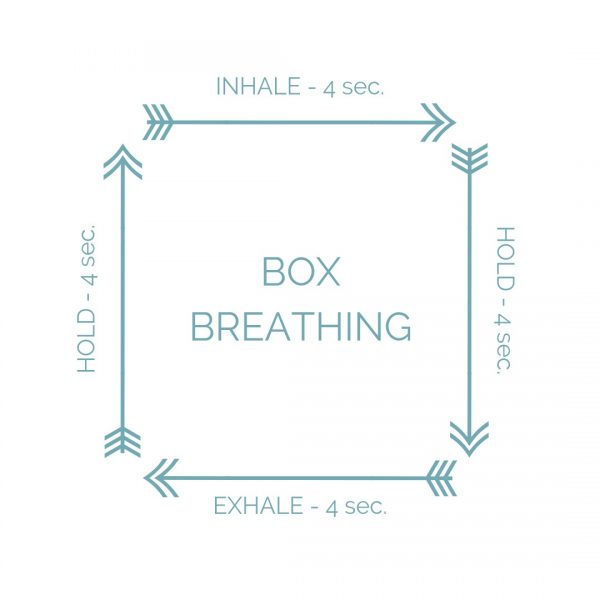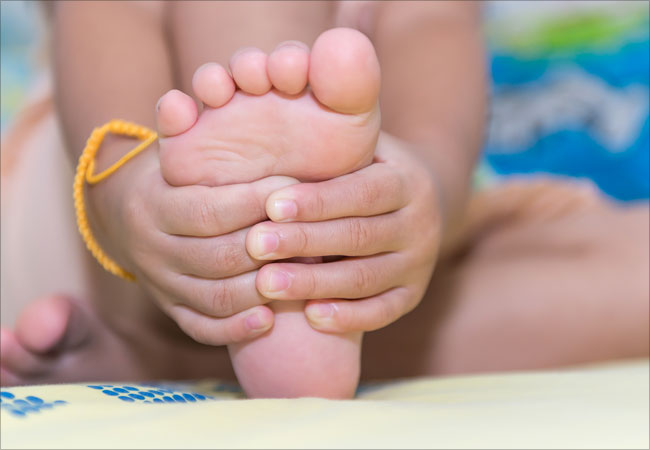Breathing through COVID
Williamstown Osteopath Tom outlines how COVID has affected many of his patient’s breathing patterns and outlines a simple breathing routine to help reduce our anxiety during this current lockdown.
The world right now is filled with so much uncertainty and unease. A seemingly never-ending cycle of new rules and regulations are constricting our ability to see friends, family and do the things we love. It is hard not to get caught up in the hysteria of it all as this current climate is creating a great deal of stress for everybody.
The effects of increased stress can manifest in the body as increased tension, fatigue or pain. Among all this stress, people are forgetting to do one of the most basic human physiological principles, breathe.
What does stress do to our breath?
Heightened stress levels decrease the fluidity in which we can effectively expand and recoil our ribs to breathe deeply. Poor breathing mechanics associated with stress cause muscles through the neck and chest to initiate the breathing pattern, thus becoming over-active and fatigued. Consequently, this decreases the mobility of the rib cage and back, limiting the muscles and joints ability to function efficiently.
From a neurological sense, shallow breathing limits the body’s ability to modulate anxiety, arousal and attention (1). Studies have shown that the neurophysiological process derived from slow, deep breathing enhances cognitive and behavioural therapeutic outcomes (1), such as reduced anxiety, decreased heart rate and promotes a sense of general wellbeing.
Box Breathing Exercise
- Slowly exhale: Sitting upright, slowly exhale through your mouth, getting all the oxygen out of your lungs. Focus on this intention and be conscious of what you’re doing.
- Slowly inhale: Inhale slowly and deeply through your nose to the count of four. In this step, count to four very slowly in your head.
- Hold your breath: Hold your breath for another slow count of four.
- Exhale again: Exhale through your mouth for the same slow count of four, expelling the air from your lungs and abdomen.

Be conscious of the feeling of the air leaving your lungs.
As you complete this activity with the focus purely on the breath, no past or future worries are relevant. You will have mental clarity and mindfulness for the situation that is right in front of you at that moment (2), as stability in the mind is reflected in both the body and the breath.
While it is important to maintain social distances and hygiene during this time, it is just as important to look after your own mental wellbeing.
References:
- Noble D, Hochman S. Hypothesis: Pulmonary Afferent Activity Patterns During Slow, Deep Breathing Contribute to the Neural Induction of Physiological Relaxation. Frontiers in Physiology. 2019;10.
- Van Cuylenburg H. The Resilience Project. 2019.



